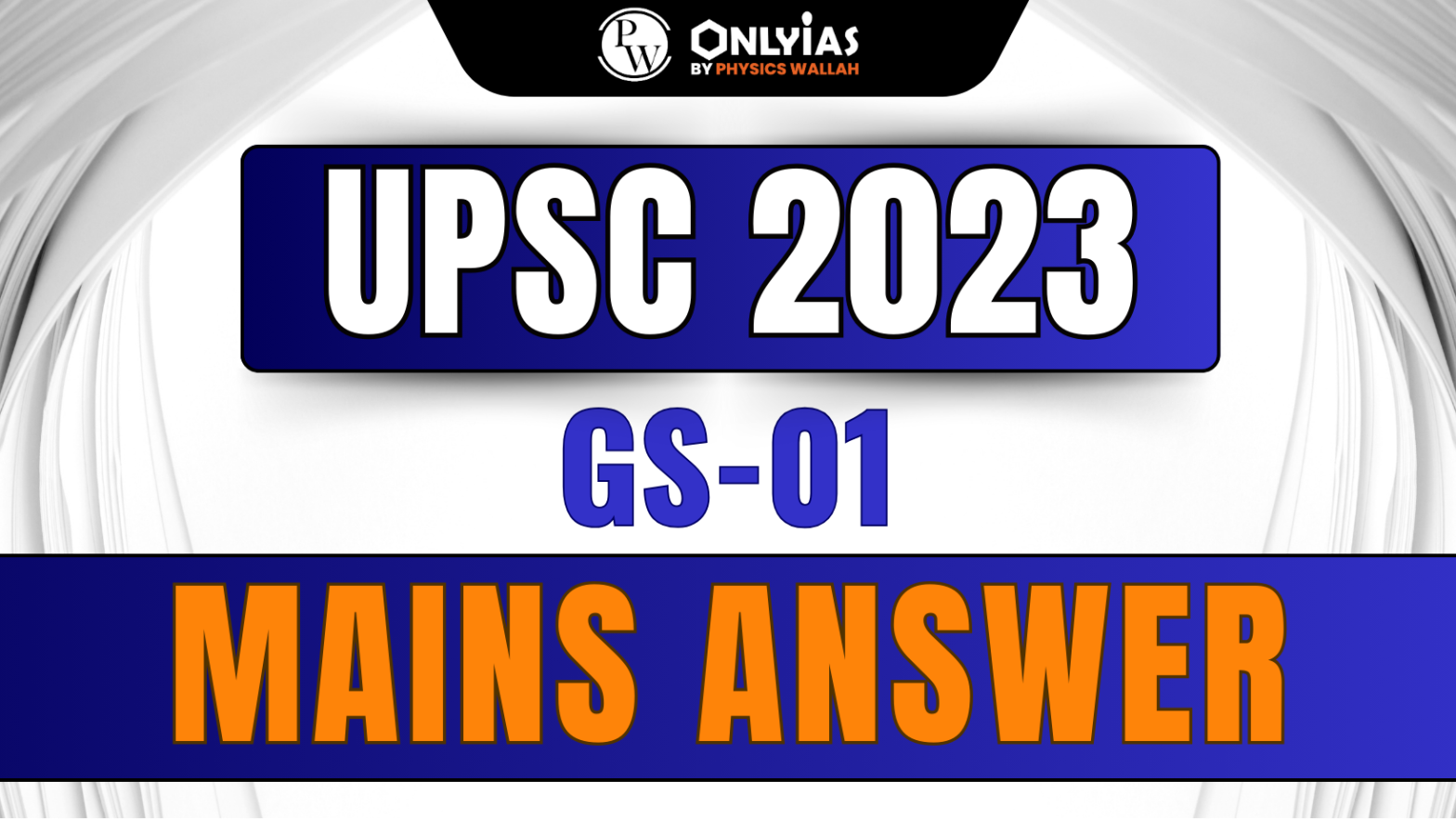Q.18 Does urbanization lead to more segregation and/or marginalization of the poor in Indian metropolises?

Q.18 Does urbanization lead to more segregation and/or marginalization of the poor in Indian metropolises?
Ans:
Introduction
Urbanization, marked by the rapid migration of people from rural to urban areas, has triggered substantial urban sprawl in India in recent years. As of 2022, the urban population constituted 35.87% of the total, and this proportion has now surged to one in every three individuals (33%). However, concerns persist regarding the potential for increased segregation (spatial separation) and marginalization (socio-economic and political exclusion) within these burgeoning urban landscapes.
Body
Urbanization and Segregation of the Poor:
Urbanization and Marginalization of the Poor:
However, segregation and marginalization of the poor are not always the outcomes of urbanization. It also provides opportunities for inclusive growth:
Conclusion
Urbanization in India is a dynamic force that demands careful consideration and deliberate action. By proactively addressing issues of segregation and marginalization, and by capitalizing on the potential for positive change, we can shape urban environments that are not only economically vibrant but also socially inclusive and environmentally sustainable.
| For a Detailed explanation of the UPSC GS-01 Mains question 2023, click here.
For a Detailed explanation of the UPSC GS-02 Mains question 2023, click here. For a Detailed explanation of the UPSC GS-03 Mains question 2023, click here. For a Detailed explanation of the UPSC GS-04 Mains question 2023, click here. |
This is a demo FAQ to show how questions and answers can be displayed.

<div class="new-fform">
</div>